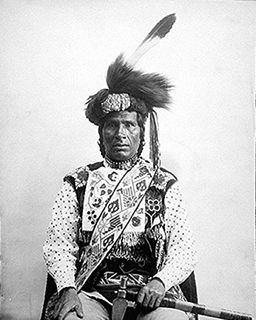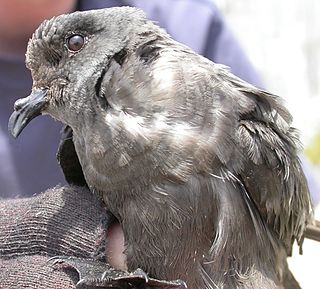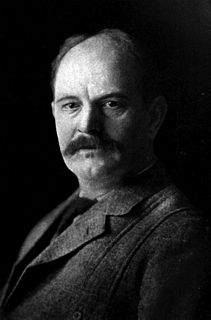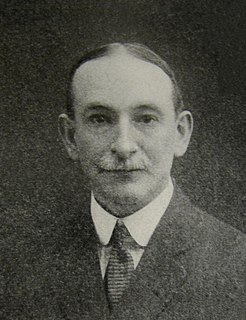| Successor | USA National Phenology Network |
|---|---|
| Founded | 1881 |
| Founder | Wells Cooke |
| Dissolved | 1970 |
| Location |
|
Area served | North America |
| Products | Bird migration records |
| Affiliations | American Ornithologists' Union, United States Geological Survey |
Volunteers | 3000 (peak number) |
| Website | https://www.usgs.gov/centers/pwrc/science/north-american-bird-phenology-program |
The North American Bird Phenology Program houses a unique and largely forgotten collection of six million Migration Observer Cards that illuminate migration patterns and population status of the birds of North America. These handwritten cards contain almost all of what was known of bird distribution and natural history from the latter part of the 19th century through World War II. The bulk of the records are the result of the work of a network of observers who recorded migration arrival dates in the spring and fall in a program that, in its heyday, involved 3000 participants. Today, those records are being processed and placed into a modern database for analysis. This information will be used, along with recently collected arrival times of migrant birds, and in conjunction with historical weather data, to examine how bird migration is being affected by climate change. The information from this analysis will provide critical information on bird distribution, migration timing and migration pathways and how they are changing. There is no other program that has this depth of information that can help us understand the effect that global climate change has on bird populations across the continent. [1]
Birds of North America is a comprehensive encyclopedia of bird species in the United States and Canada, with substantial articles about each species. It was first published as a series of 716 printed booklets, prepared by 863 authors, and made available as the booklets were completed from 1992 through 2003. The project was overseen by the American Ornithologists' Union in partnership with the Academy of Natural Sciences of Philadelphia.
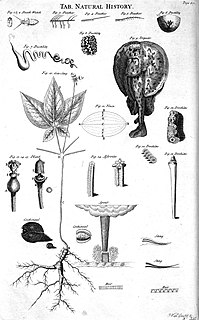
Natural history is a domain of inquiry involving organisms, including animals, fungi and plants, in their natural environment, leaning more towards observational than experimental methods of study. A person who studies natural history is called a naturalist or natural historian.

World War II, also known as the Second World War, was a global war that lasted from 1939 to 1945. The vast majority of the world's countries—including all the great powers—eventually formed two opposing military alliances: the Allies and the Axis. A state of total war emerged, directly involving more than 100 million people from more than 30 countries. The major participants threw their entire economic, industrial, and scientific capabilities behind the war effort, blurring the distinction between civilian and military resources. World War II was the deadliest conflict in human history, marked by 70 to 85 million fatalities, most of whom were civilians in the Soviet Union and China. It included massacres, the genocide of the Holocaust, strategic bombing, premeditated death from starvation and disease, and the only use of nuclear weapons in war.



